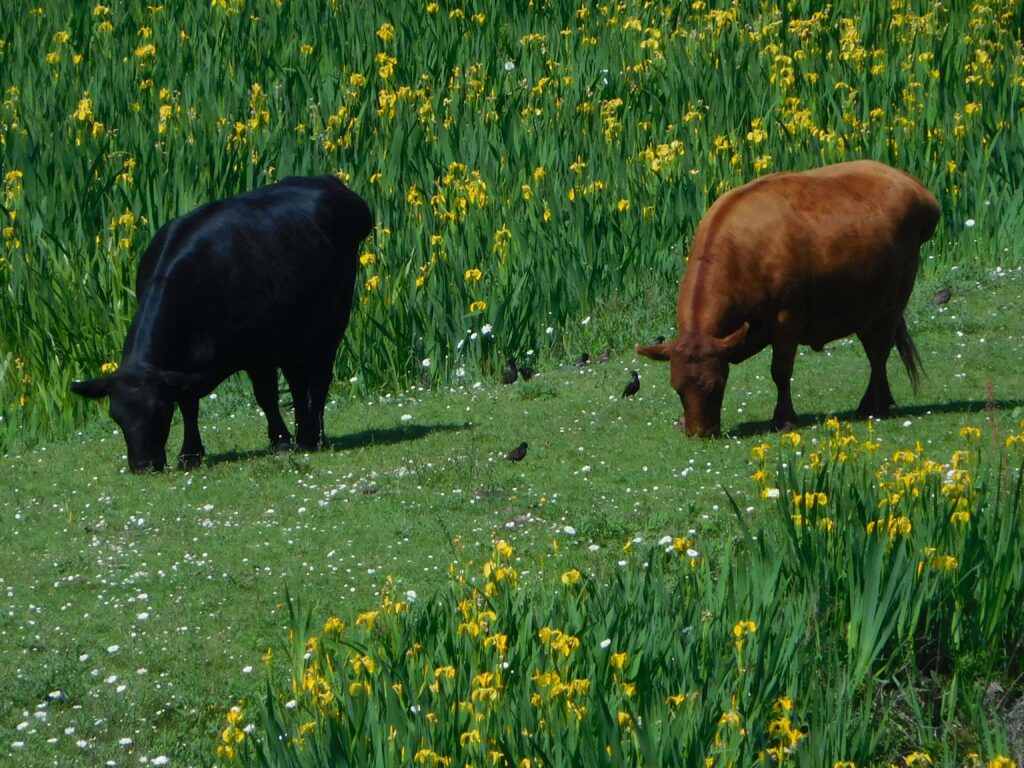
Spring on the Grazing Marsh


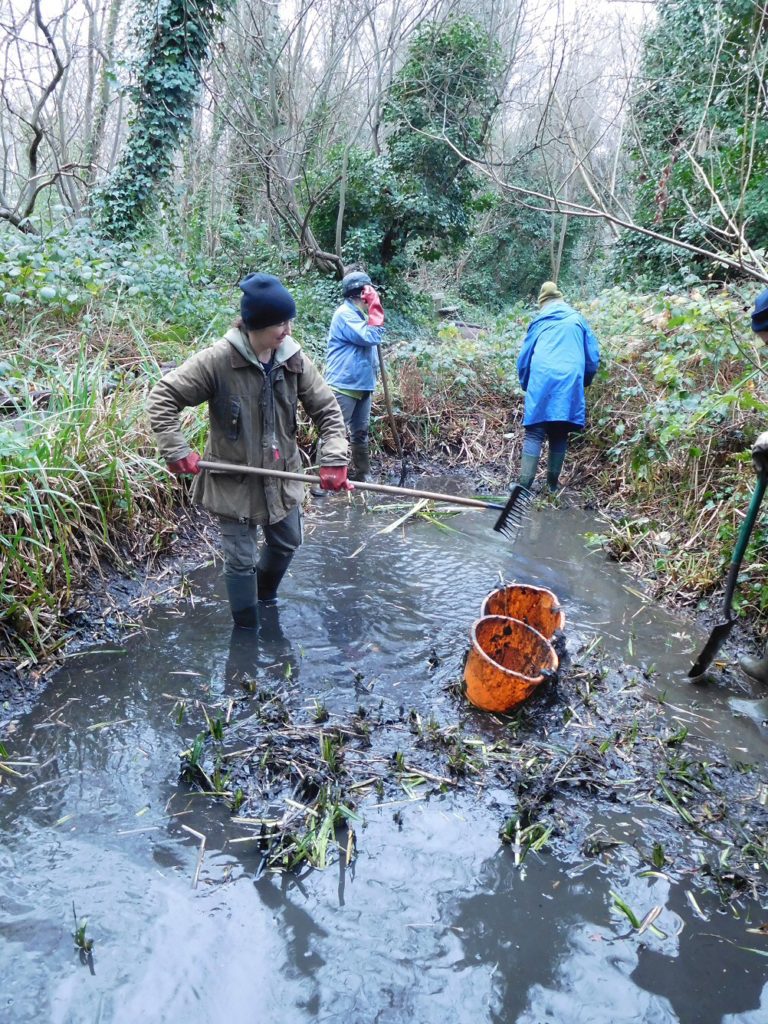
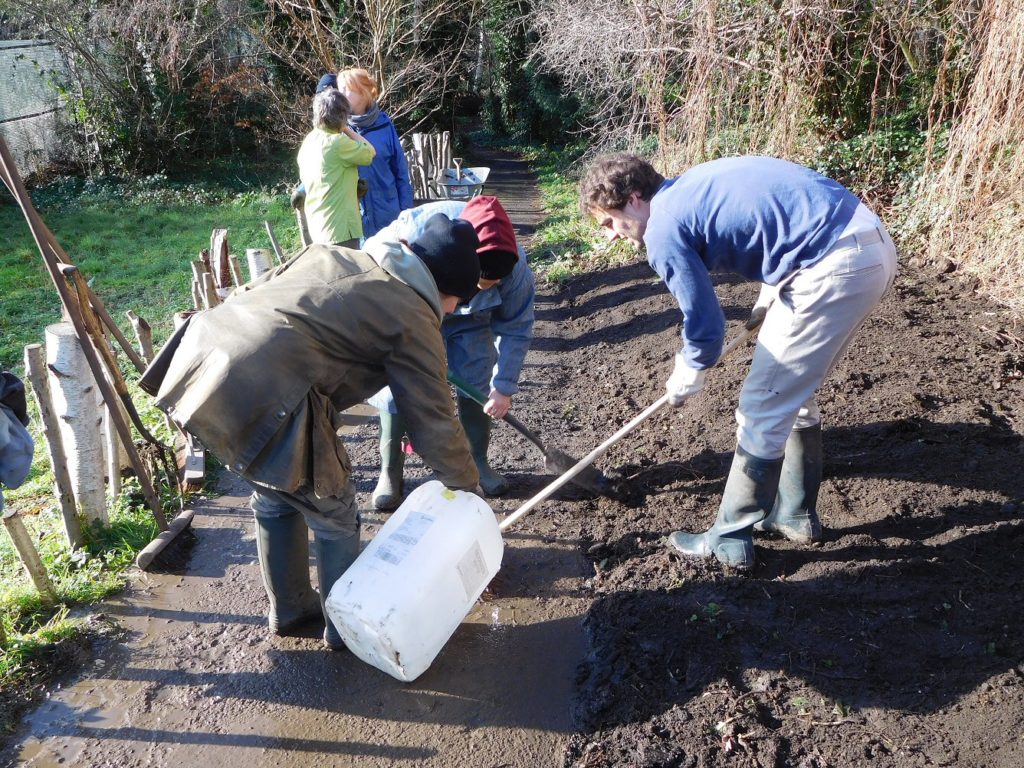
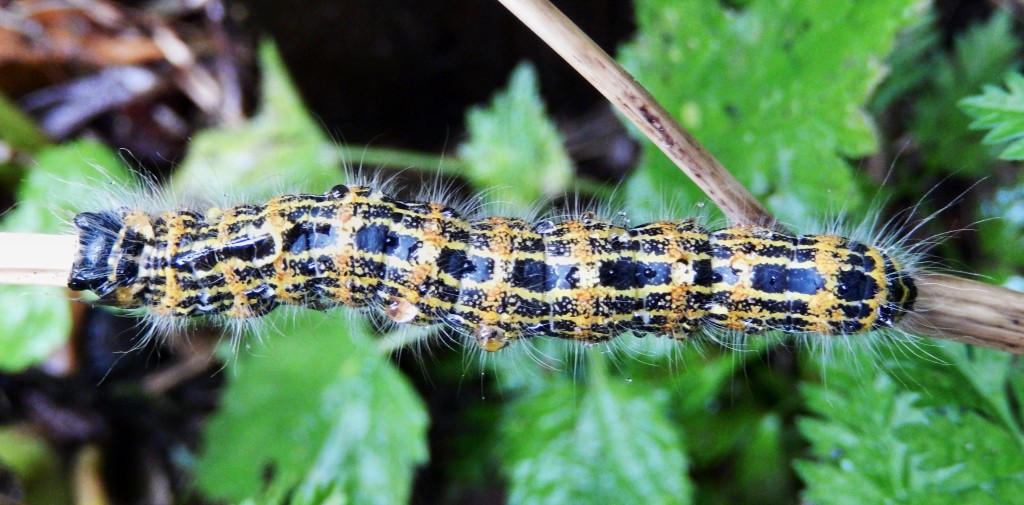
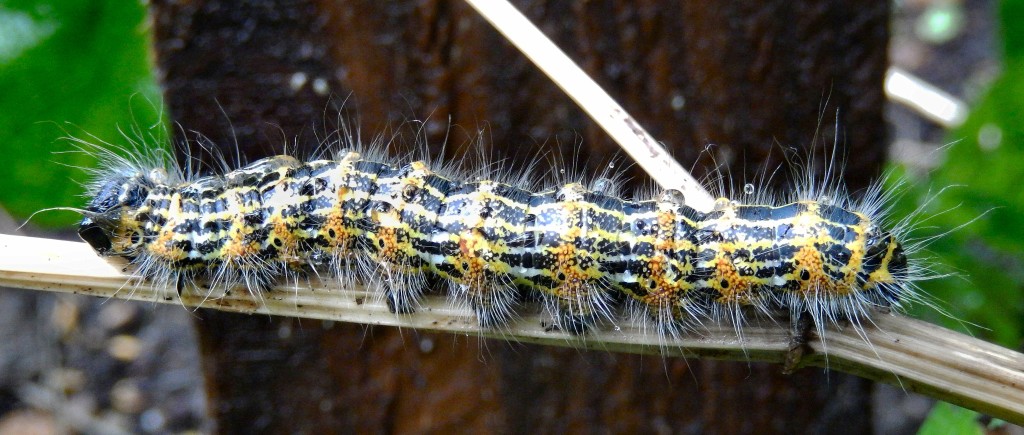
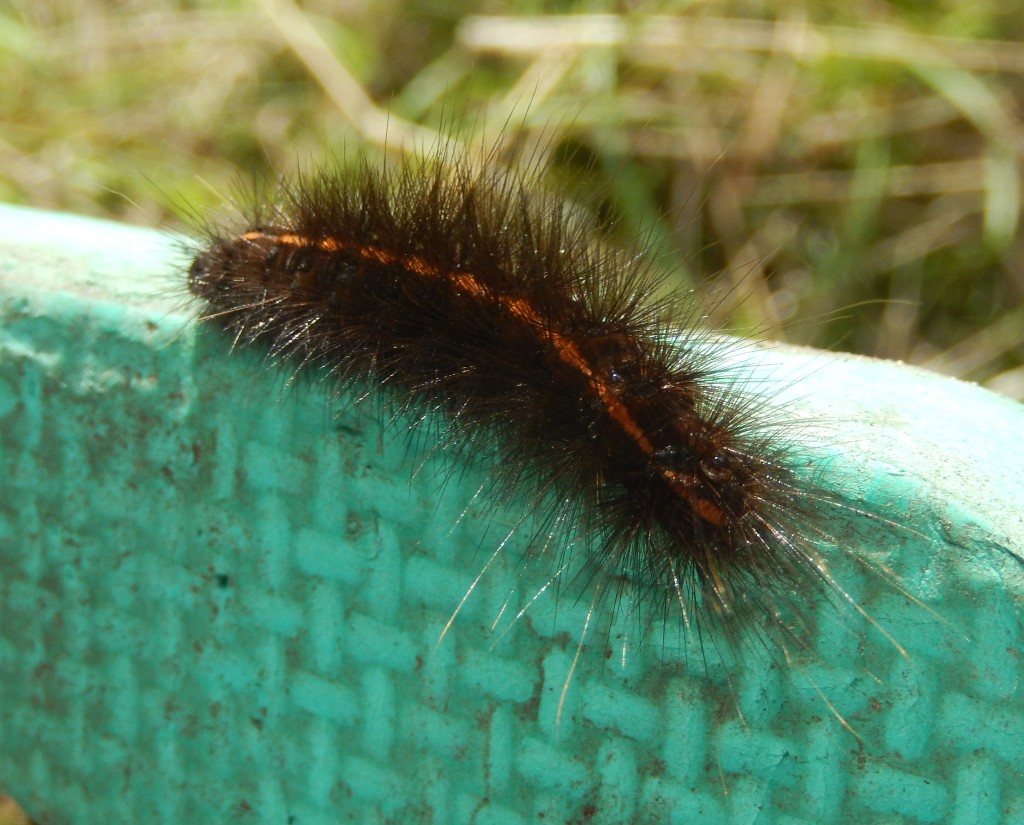
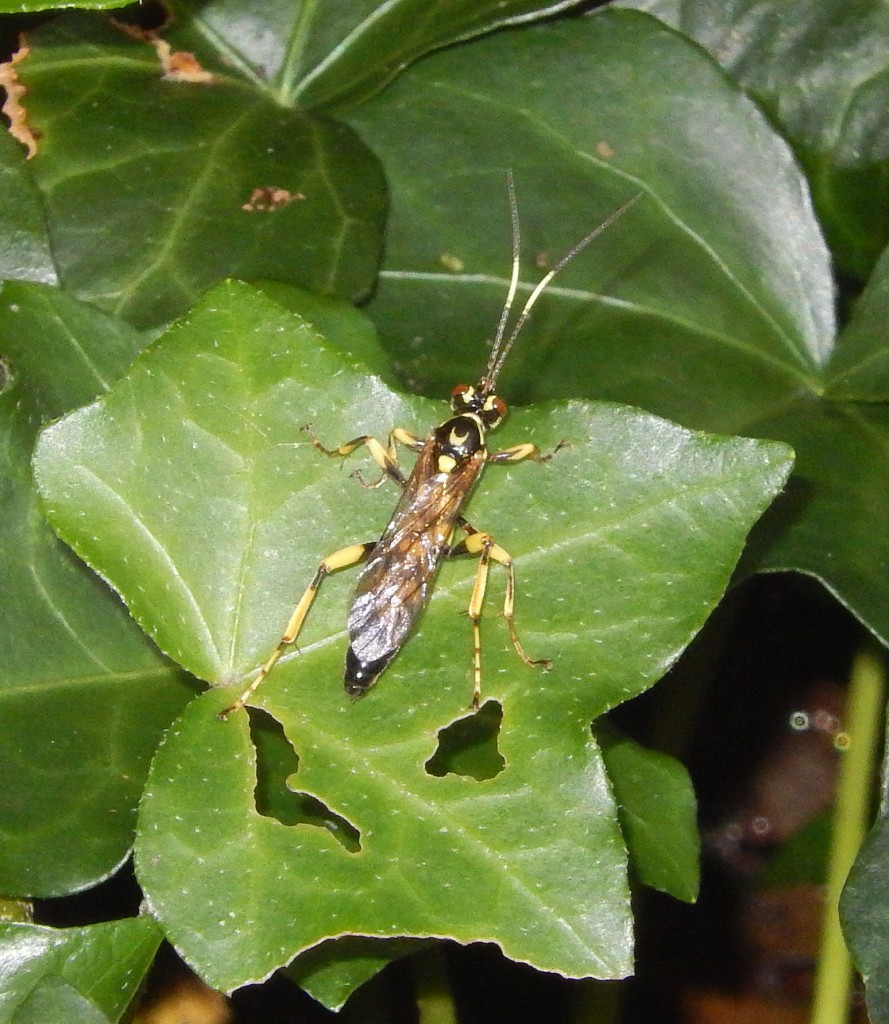
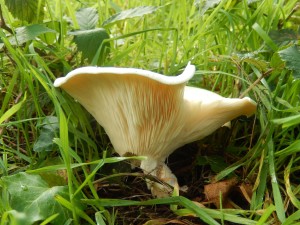
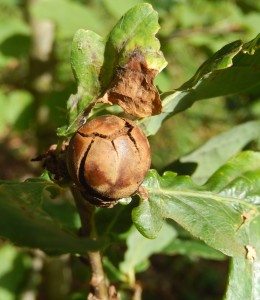
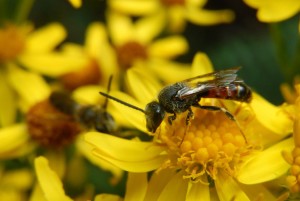
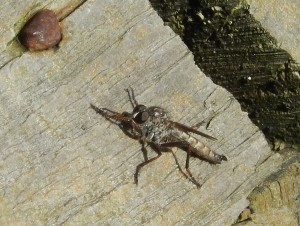

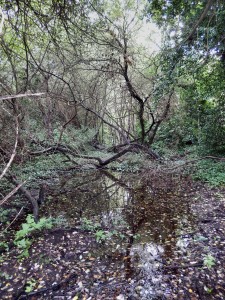
I try to get down to the pond on Frog Day because, whatever the weather, it’s always such fun looking into trays, seeing what people have caught, and helping people to get a rough idea of what sort of wildlife they are looking at. The parents too are frequently fired up with (especially boyish) enthusiasm. One dad turned out to be expert at catching newts; another family caught dozens of tadpoles (all still without legs).
People come and go; some are regulars, some are new, some were just passing by and are astonished to find a nature reserve here, let alone a pond and volunteers and free pond-dipping and wriggly wild animals.
And there definitely weren’t just the usual suspects in the water, either.
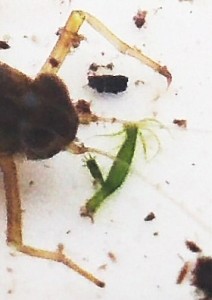
This really was a surprise; a Hydra, not just bright green but actually budding. These tiny animals are coelenterates, like corals and jellyfish, with no proper gut running mouth-to-anus, but just a mouth surrounded by the tentacles, and a hollow bag of a body; anything undigested has to come out the way it went in. The animal is green with symbiotic algae, so it has quite a bit of plant about it, and when it isn’t in a white dish, it’s practically invisible.
This little fly has two tails, and may well be a Stonefly; it is a lot smaller than the common Mayflies, which have three tails. It seems like a special animal today.
A fine Dragonfly nymph was captured in one dish; here it is, being examined closely by one youngster. I saw a Broad-Bodied Chaser near the pond some years ago, so it might be that species.
With their characteristic three tails, the Mayfly nymphs are distinctive. Here in one dish are some, along with what seems to be a long slim beetle nymph, and the Dragonfly nymph. There were quite a few Damselfly nymphs about too, some quite boldly green.
At four we packed up to go and have a well-deserved cup of tea. As I turned round, I realised the Yellow Irises the other side of the boardwalk were in full bloom.